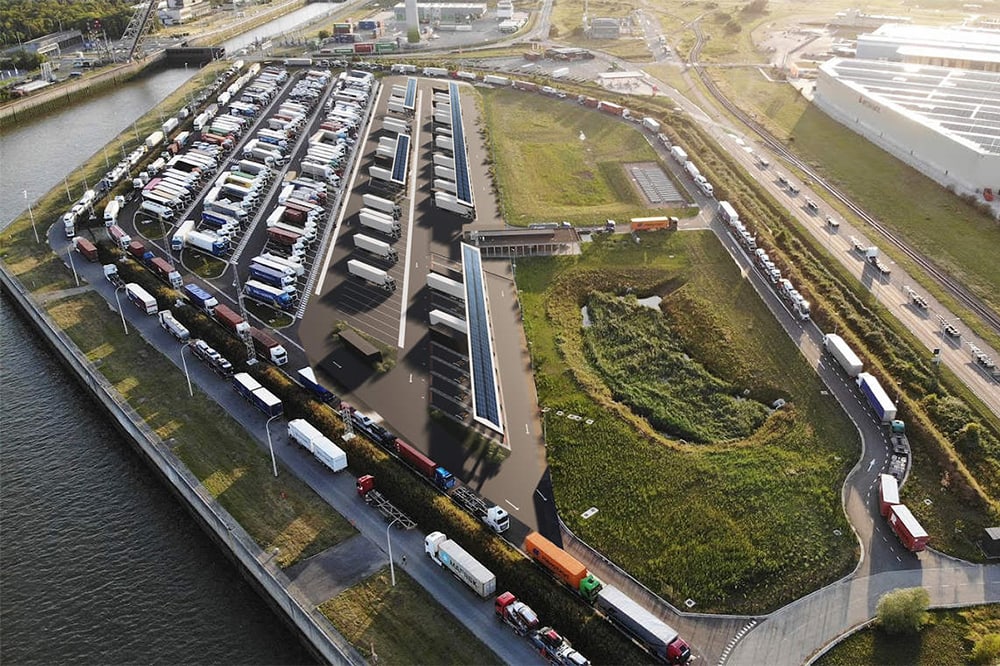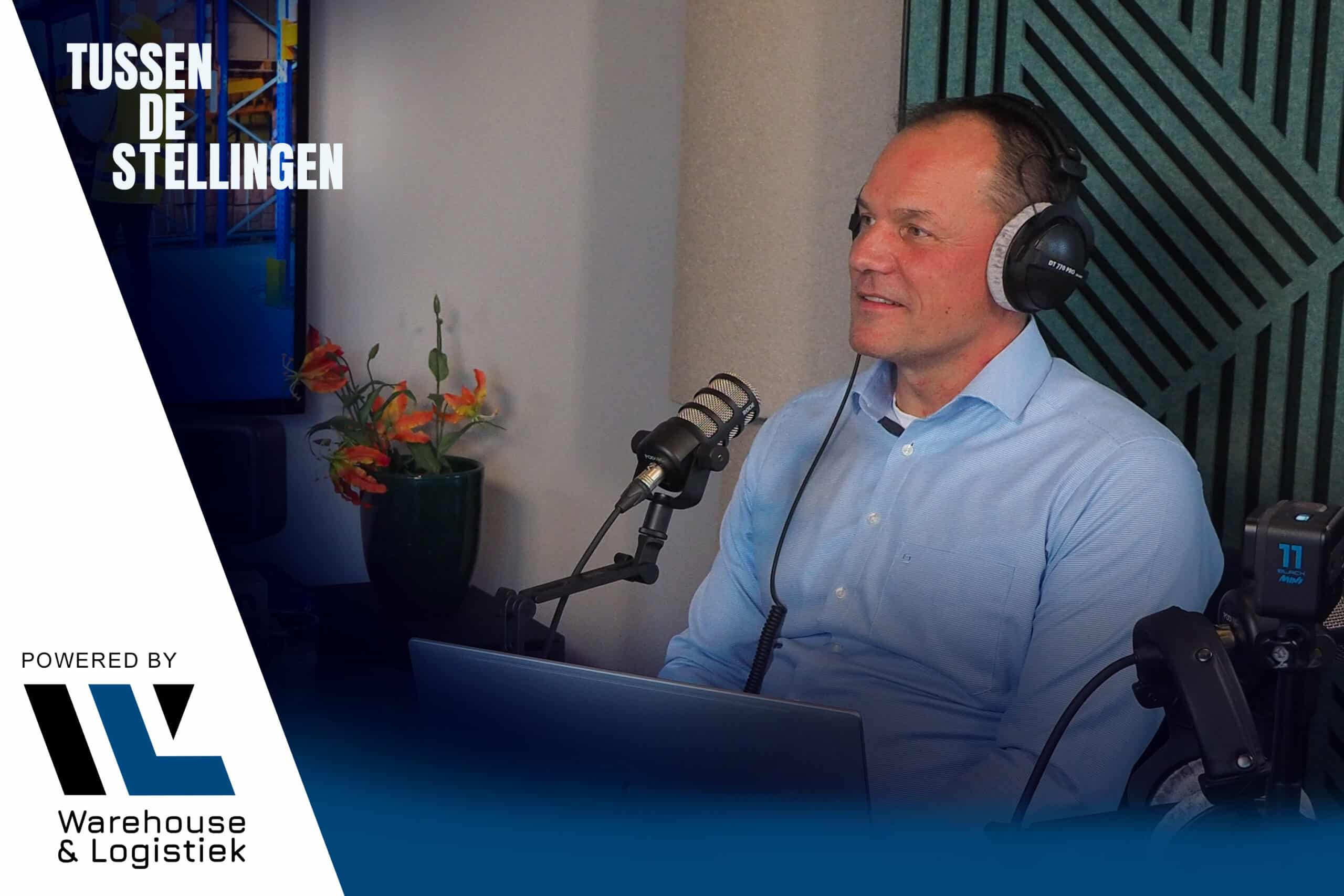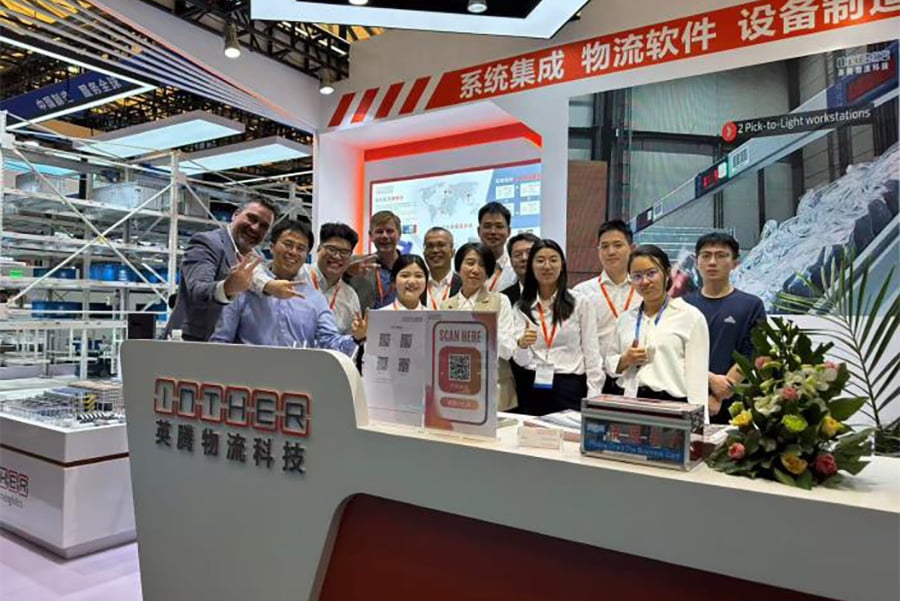
6 strategic recommendations for a future-proof European electric truck power grid
According to the European Union's action plan for expanding Europe's electricity grid, an investment of nearly €600 billion is needed to meet climate targets by 2030. This highlights the urgent need for upgrades to grid infrastructure. This is a major challenge, but it is possible to future-proof Europe's electricity grid.
Anja van Niersen, CEO of Milence, describes six key recommendations to support the rapidly growing electric truck (HDV) market.
1. Transparency in assessing site and network capacity. Charging point operators (CPOs) in many EU countries need efficient processes to assess grid capacity, availability of additional power and costs for additional capacity. This is crucial in determining whether a location is suitable for charging HDVs. Milence recommends implementing tools for quick access to grid connection data by location. These tools should provide non-binding cost estimates and time limits for grid expansions, including digital maps that highlight "go-to areas" with high or excess grid capacity.
2. Streamline application process
When CPOs face insufficient power capacity, grid reinforcement is needed to future-proof grid connections. The existing complex application process for this can be simplified. Applicants should be given a clear application process with an estimated timeline from initial request to final decision to ensure clarity and accountability. The application process can be further expedited by setting it up in a digital and standardized manner.
3. Using market input for proactive grid planning
For a smooth transition to electric driving, all stakeholders, especially grid operators, must proactively consider future investments. Input from the market, from HDV CPOs, manufacturers (OEMs) and fleet operators, is also essential for proactive grid planning to ensure adequate capacity and avoid bottlenecks. Reliable scenarios based on current market data and technology expectations form the basis for grid upgrades, expansion and other investments. These scenarios must be consistent with political, industry and climate goals.
4. Review investment regulations
Current rules often prevent grid operators from planning ahead and investing, as investments without a short-term application are considered inefficient. New rules that allow public financing for these crucial investments are therefore needed. This should ensure that grid connections are made on time. This is especially important at strategic parking lots and future loading locations along Trans-European Transport Network (TEN-T) routes. With EU support and national funding, tariff increases and repeated costly infrastructure works can be avoided.
5. Support renewable energy sources.
Electric trucks achieve the greatest decarbonization impact when they are charged with renewable energy from green energy sources, such as wind turbines or solar panels. Charging hubs, possibly with additional batteries, need to meet the demand of logistics companies and be close to these green energy sources to start building quickly. It should be easier to connect charging stations directly to these energy sources, reducing the need for new infrastructure. Flexible rules for grid connections, for example also for longer-term applications, would help make these charging stations more efficient and cheaper.
6. Switching to grid costs based on time and volume
Grid charges for large consumers such as truck charging stations are now based on peak consumption (kW). This can be more expensive than if it were based on total consumption (kWh). This structure, designed to encourage efficient grid use, poses a challenge for truck charging hubs because of high demand spikes during drivers' mandatory breaks. Flexible rates, which vary depending on the time of day and volume of consumption, would be a better fit. This would make energy use more efficient, reduce spikes in demand, and support operation and investment in fast-charging hubs, especially for HDVs.
Read the full white paper here.




